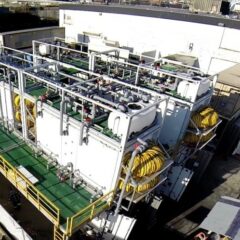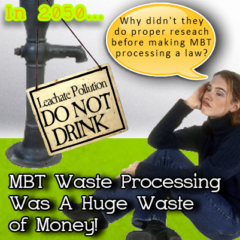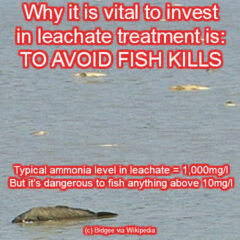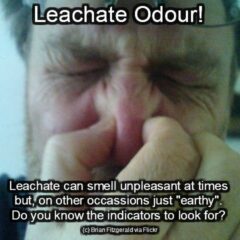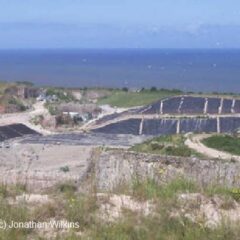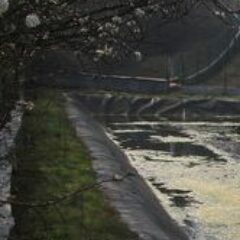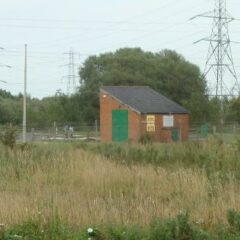waste
How to Treat Landfill Leachate Using a Saltworks Crystallizer System
Until now, the search for the perfect Leachate Treatment System has remained a dull one for those that know leachate. Somehow, all those contaminants it contains have contrived to make the most commonly used solutions highly complex, dependent on advanced technologies, and hard to operate successfully. Read about the new technology in the SaltMaker Evaporator Crystallizer, for something completely new!
The 3 Most Important Leachate Indicator Parameters
There are three very important leachate indicator parameters which are used as indicators to identify leachate contamination in any water sample analysed in a water quality laboratory. These three parameters can give an initial guide to anyone investigating what appears to be pollution occurring in the vicinity of a landfill, as to whether the source […]
Leachate Recirculation Practise and Views
To the site operator leachate recirculation would certainly appear like commonsense as some of the leachate recirculated will be taken in by the waste and not re-appear. The leachate will gain some treatment – especially a significant reduction in BOD and COD by anaerobic digestion within a methanogenic landfill. In addition, if leachate is being […]
High Strength Leachate
When people refer to high strength leachate they are normally referring to the landfill leachate from a sanitary landfill which has percolated slowly through the waste. That is leachate and has been extracted by the leachate collection and pumping system. Usually high strength leachate has ammoniacal nitrogen concentrations above 500 mg/l up to 3.500 mg/l, […]
Air Ammonia Stripping
Air Ammonia Stripping is a leachate treatment process which is now largely outdated and seldom used. During the 1980s in the United Kingdom it was seen as a potential physico-chemical leachate treatment process which would be suitable for the treatment of leachate from sanitary (lined and capped) landfills, however, although a number of pilot scale […]
Landfill Leachate Composition
Landfill leachate composition for United Kingdom Landfills was first published in the Waste Management Papers published by the UK Department of Environment. Waste Management Paper 26 contains the most recent table of Landfill Leachate Composition before the WMP series was superseded by later documents, notably the DoE’s Leachate Report of 1995. However, the original table, […]
What are the Strategies for Landfill and Leachate Management?
There are two strategies for leachate management. The most common and indeed the only legal way to do manage leachate in the European Union countries is to keep the waste as dry as possible, and not introduce any liquid wastes. That produces the least amount of leachate, and keeps costs low during the infilling of […]
